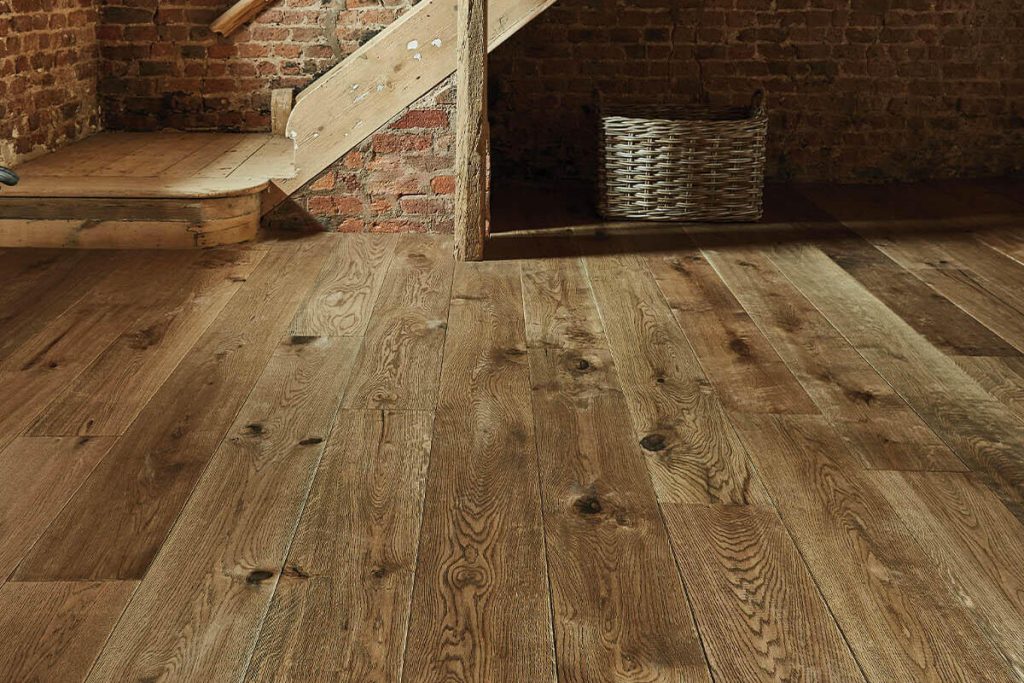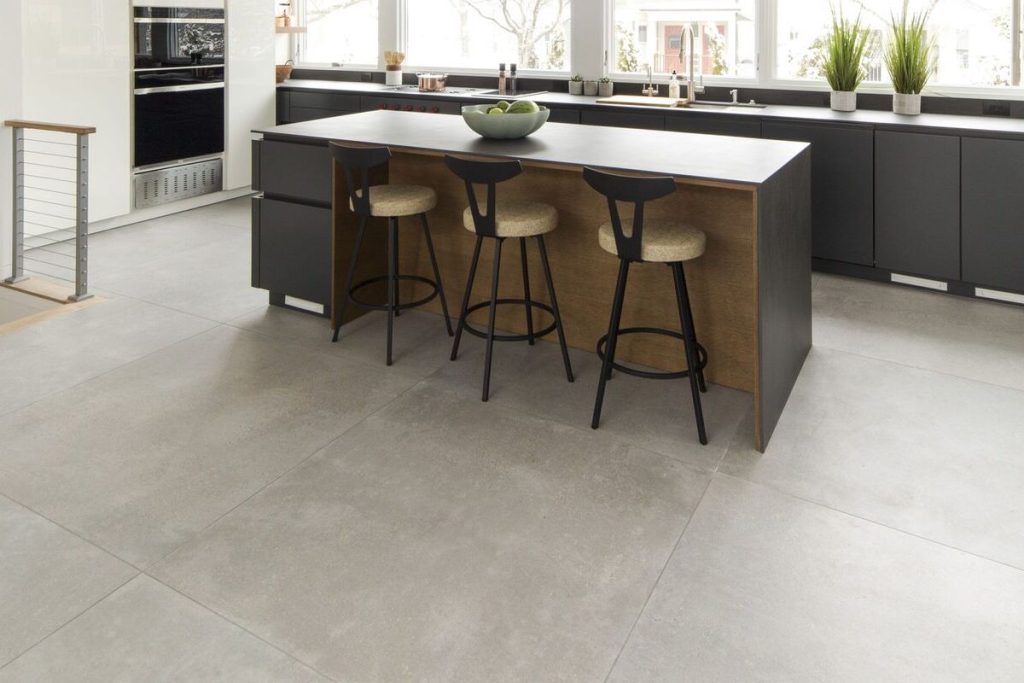When it comes to choosing flooring for your home, there are many things to consider. The primary factors to consider are the type of flooring, cost, and installation.
The type of flooring is important because the material will determine its durability and care requirements. Popular types include hardwood, laminate, tile, vinyl plank, and carpet. Each has its own benefits and drawbacks when it comes to cost, maintenance and longevity.
Cost is a major factor when selecting flooring as different materials have varying price points. You also need to factor in installation costs if this isn’t something you can do yourself. Some contractors may offer discounts or packages that can help reduce the overall cost.
Installation is another important factor to consider as some floors require professional installers while others can be DIY projects. If you choose an installer, make sure they have experience with your chosen floor type and check references beforehand.
Popular Flooring Options
Popular types of flooring include hardwood, laminate, tile, vinyl plank and carpet. Each of these materials has different benefits and drawbacks when it comes to cost, maintenance and longevity.
Hardwood is a classic option that adds warmth and beauty to any room. It’s durable and requires minimal upkeep, but it can be expensive compared to other floor types. Laminate is an affordable alternative that offers the look of wood without the hefty price tag. It’s easy to clean and maintain but isn’t as durable as other materials.
Tile is a great choice for bathrooms, kitchens or other areas prone to moisture as it is waterproof and easy to clean. Vinyl plank is another popular option that looks like real wood but costs much less while being easier to install than hardwood floors. Lastly, the carpet provides comfort underfoot but needs regular vacuuming and cleaning in order to stay looking its best.
Ultimately, the best type of flooring will depend on your budget and lifestyle needs so it’s important to consider all factors when making your decision.
Hardwood Flooring
Hardwood flooring is a classic and timeless choice for any home. This type of flooring adds natural beauty and warmth to any room, making it perfect for living spaces and bedrooms alike. They come in a range of styles and colours, allowing you to customize the look of your space while still retaining their classic charm.
For homeowners looking for improved air quality in their homes, hardwood floors are an excellent option. Unlike carpets or vinyl flooring which can trap dust particles, hardwood floors allow for better air circulation throughout the house. This helps reduce allergens like pet dander and mould spores that can cause adverse health effects. Plus, hardwood floors are non-toxic and safe for people with asthma or allergies.
On the downside, hardwood floors can be expensive and require more maintenance than other types of flooring. The wood must be sanded down periodically to maintain its lustre and protect against scratches or wear. Additionally, some types of wood are more susceptible to damage from moisture or humidity than others, so it’s important to check with an expert before starting installation in damp rooms or climates.
In addition, hardwood floors can be slippery when wet – making them dangerous in areas like bathrooms or kitchens. For homeowners with children or pets, it’s important to take extra precautions when installing these types of floors to reduce the risk of slips and falls. And lastly, hardwood can be quite loud when walked on – so if you’re sensitive to noise, this may not be a good option for your home.
Despite these drawbacks, hardwood flooring remains one of the most popular choices for homeowners due to its unique beauty and long-lasting durability.
Laminate Flooring
Laminate flooring is one of the most popular choices for homeowners due to its affordability and durability. It can be installed over almost any type of existing flooring, such as concrete, wood or vinyl and it comes in a variety of colours and finishes. Laminate is easy to maintain and clean and it resists fading from sunlight so it will maintain its original look for years to come. Additionally, laminate flooring can be installed quickly which makes it ideal for those with busy lifestyles who need a fast solution.
The benefits of laminate flooring don’t end there! Laminate is also extremely durable and scratch resistant, making it perfect for high-traffic areas like kitchens and entryways. It’s also water-resistant, so spills won’t damage the floor and regular cleaning will keep it looking great. On top of that, laminate floors can help reduce noise levels due to their dense core layer that absorbs sound waves.
Despite its many benefits, laminate flooring has some drawbacks that should be considered before making a purchase. One of the biggest issues with laminate flooring is that it can be slippery when wet, so it’s important to choose a finish that provides some traction. Additionally, laminate floors are not as hard-wearing as other types of flooring, such as tile or wood, and they may need to be replaced sooner than expected if they are exposed to heavy foot traffic.
Laminate floors are also prone to scratches and scuffs which can ruin the look of the floor over time. While these scratches can usually be buffed out, any deep gouges or chips will likely require replacing the entire board. Finally, laminate floors cannot be refinished like other types of flooring and must be completely replaced if you want to change the look of your space.
All in all, while there are many advantages to choosing laminate flooring for your home, it’s important to weigh all of the pros and cons before making a final decision.
Vinyl Flooring
Vinyl flooring is a popular choice for those looking for an affordable and easy-to-maintain option. This type of flooring comes in a range of styles and colours, making it easy to find something that will fit the style of any home. Vinyl also offers superior durability, resisting scratches and dents better than other types of flooring. And since it’s waterproof, vinyl is an ideal option for bathrooms or kitchens where spills are likely to occur.
However, there are some drawbacks to this type of flooring. Vinyl can be susceptible to discoloration from sunlight over time, so it’s important to take precautions if you plan on installing this in a room with large windows. Additionally, vinyl can be quite slippery when wet – making it dangerous in areas like bathrooms or kitchens. Lastly, although vinyl is relatively cheap compared to other options, it can still cost more than some other forms of flooring.
Concrete Floors
Concrete flooring is an increasingly popular choice in homes due to its versatility and durability. Thanks to advances in technology, concrete can now be stained or coloured to look like marble, granite, or other natural stones. Additionally, it’s a relatively easy material to install and maintain, making it a great option for DIYers.
When considering concrete as your flooring material of choice, there are a few advantages and disadvantages you should take into account. On the plus side, concrete floors are extremely durable and can last for decades without needing replacement. They also require minimal maintenance and don’t need to be waxed or sealed like other flooring materials. On the downside, concrete can be cold, hard underfoot and difficult to clean if not sealed properly.
Cost-wise, concrete floors are usually more expensive than other types of flooring such as laminate or vinyl but may still be cheaper than stone tiles depending on the type of finish you choose. In addition to the cost of materials and installation labour, you will also need to factor in regular sealing and cleaning costs when budgeting for this type of flooring.
Calculating Cost per Square Foot
When selecting flooring for your home, it’s important to consider the cost per square foot of each material you are considering. This metric can help you determine which materials will provide the best value over time. Generally speaking, carpet, vinyl and laminate tend to be more affordable than hardwood or tile.
To calculate the cost per square foot, simply divide the total cost of the material by its square footage. For example, if you purchase 500 sqft of carpet that costs $2,500 then your cost per square foot will be $5.00 ($2,500 / 500 sqft $5.00). It’s also important to factor in any additional installation costs such as the removal of existing materials or refinishing subfloors.
In addition to calculating cost per square foot, you should also consider other factors such as grain pattern, durability and water resistance when selecting flooring for your home. Doing so will help ensure you choose a material that meets both your lifestyle needs and budget constraints.
Popular Choices for Colour and Style in the Flooring Industry
It’s no secret that when it comes to flooring, colour and style are important. From hardwood to tile, there is a wide range of options available on the market today. Popular choices for colour and style in the flooring industry include light and dark wood tones, neutral tones like beige and gray, geometric patterns, stone floors, and even brightly coloured tiles. Many homeowners also opt for distressed or antiqued finishes for a vintage look.
When selecting flooring for your home, consider both your lifestyle needs as well as the interior design of the space where it will be installed. For instance, if you’re looking for a modern vibe with clean lines and minimalism in mind, then glossy white tile may be a perfect choice. On the other hand, if your goal is to create an inviting atmosphere with warm colours and natural textures, then wood floors could be ideal.
Remember that lighter colours tend to make a room appear larger while darker shades can make a space feel more intimate. Ultimately, when choosing colour and style in flooring materials it’s important to keep your budget in mind so you can select an option that best fits your lifestyle needs without breaking the bank
Wrapping Up – Making Your Final Decision
Making a final decision on which type of flooring is best for your home can be a daunting task. To make the process easier, take time to consider all aspects such as lifestyle needs, interior design, and budget. Once you’ve narrowed down your choices to a few favourites, it’s time to do some research. Research the pros and cons of each option by reading reviews or asking questions at local home improvement stores or online forums. Once you have all the facts in front of you, you can make an informed decision that will both meet your needs and look great in your home. Lastly, don’t forget to measure twice – ordering too much or too little can be costly mistakes. With these steps in mind, you’ll be sure to find the perfect flooring solution for your home!


